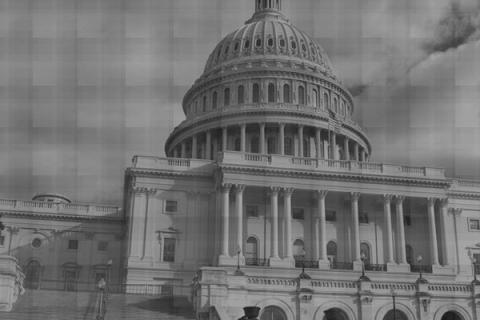In the summary for this proposition, the author uses the verb “gerrymander,” a verb that came into usage because of the gross abuse of a politician’s power in deciding what constitutes a state office boundary. This problem continues today, and will continue to do so. Once elected, it becomes difficult to vote out legislators when they have the ability to choose their constituents by drawing odd-shaped districts favorable to them and their party.
It is an obvious conflict of interest to allow legislators to keep drawing boundary lines. Instead, this prop would allow for the creation of a bipartisan commission that also includes independent voters in the drawing process. Because districts are currently drawn by the politicians in office, and these consist typically of one of the two major parties, independent voters have had relatively little representation.
Upon passage, a commission would be selected from a pool of applicants. These applicants cannot be politicians, lobbyists, or big contributors to campaigns. This means that our districts would be drawn by the people who live in them, not by the people who want to continue to run them. Also, in the event that any commissioner is thought not to be fulfilling his or her duty fairly, they can be removed from the panel. Finally, all of the proceeding’s minutes would be readily available on the Internet, allowing for transparency of action and procedure. This allows for boundaries created by the people, for the people, and makes public all their proceedings so that the citizens of the state can monitor their actions.
This goals of this proposition, along with the procedure by which it would be affected and how the commission of non-politicians would be selected in clearly presented, cleared of complex legal jargon. And finally, this proposition will not place a financial burden on the state government. Money is already allocated for districting. In 2001, the legislature spent about $3 million from its budget to adjust boundaries; in 2010 (these boundary lines would only be changed every ten years, and on years that end in “0”), the attorney general estimates a total cost of about $4 million, which “is the amount spent on redistricting adjusted for inflation”. This proposition will not cost the state much, if anything, but will afford a bipartisan drawing of the districts we live in.
